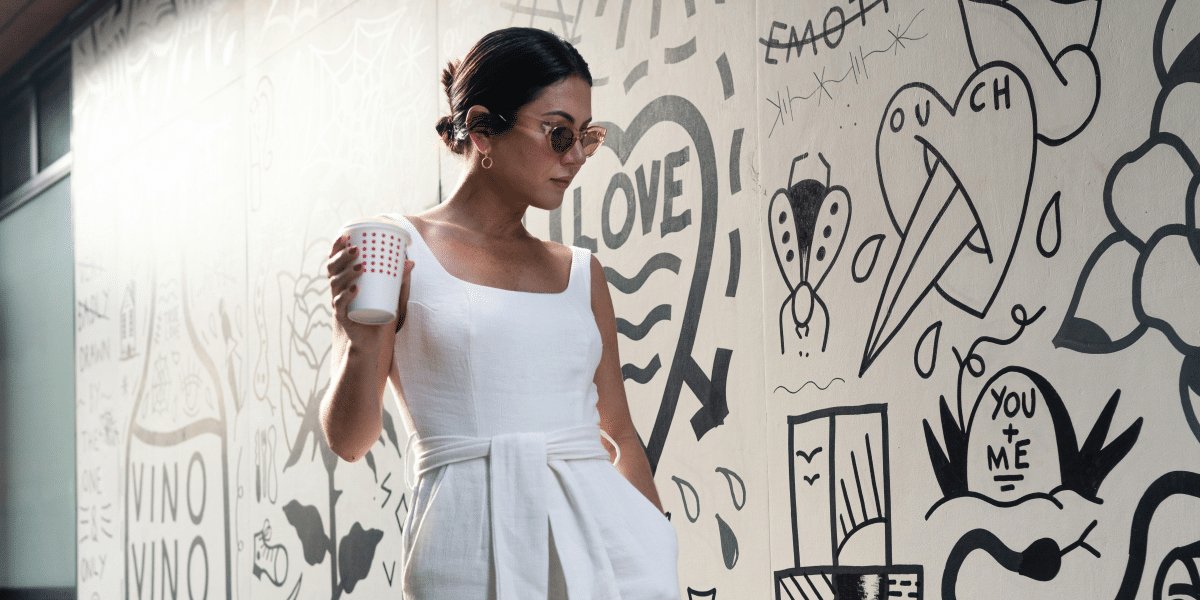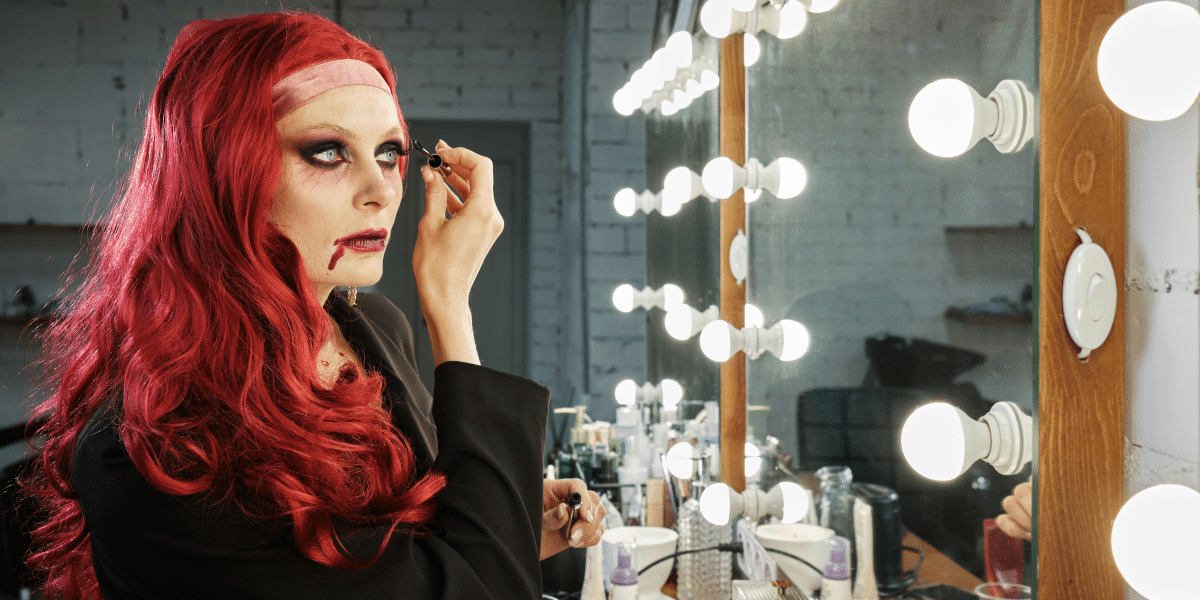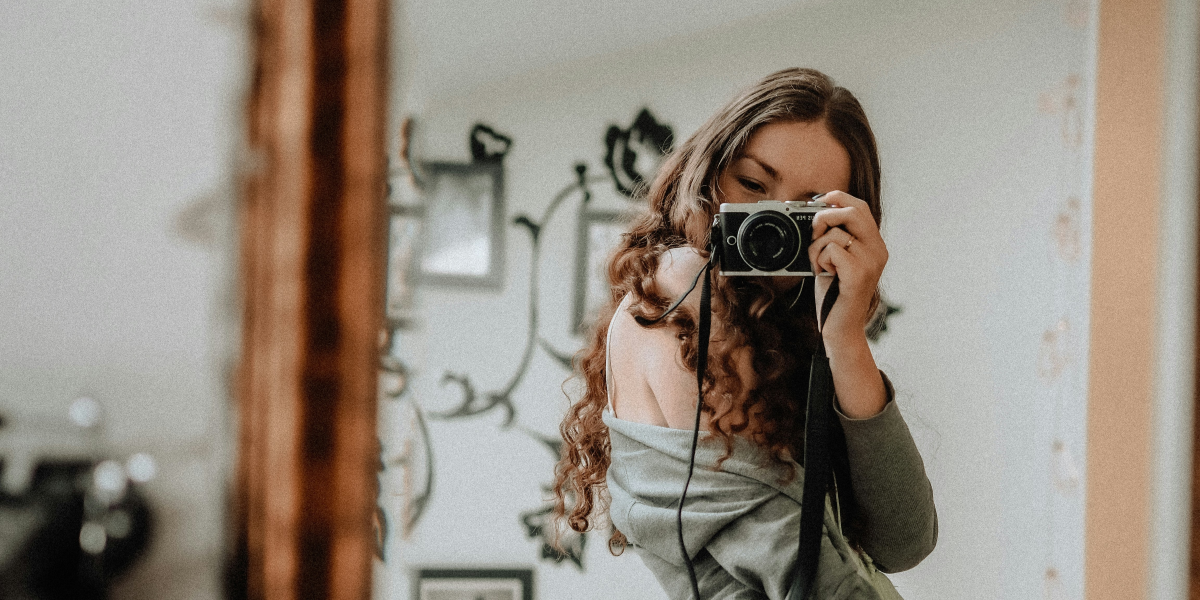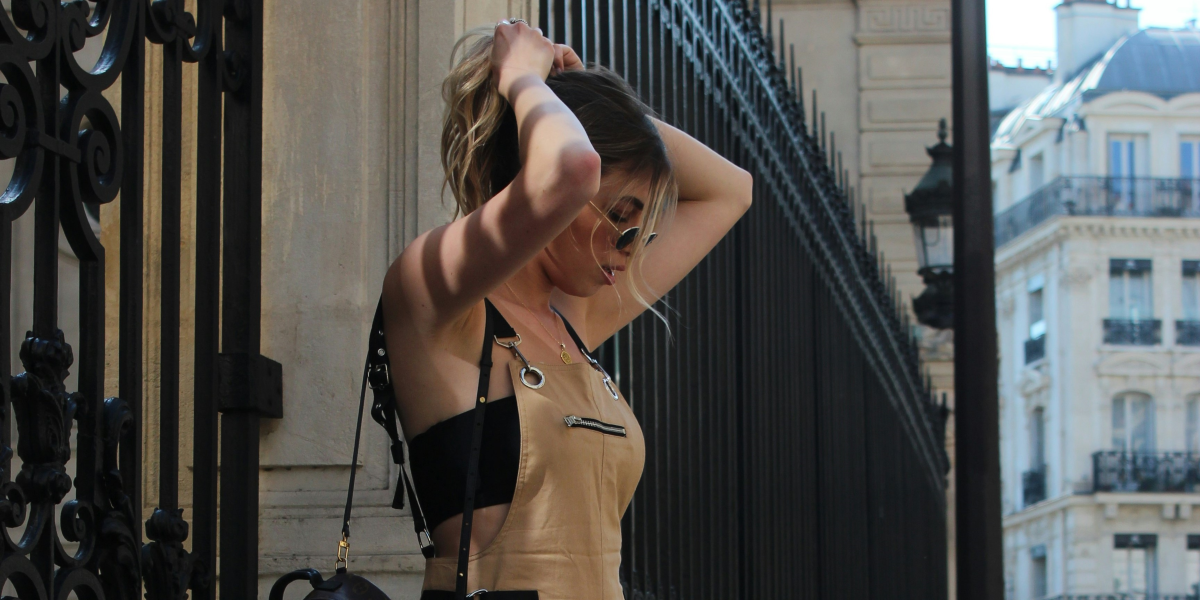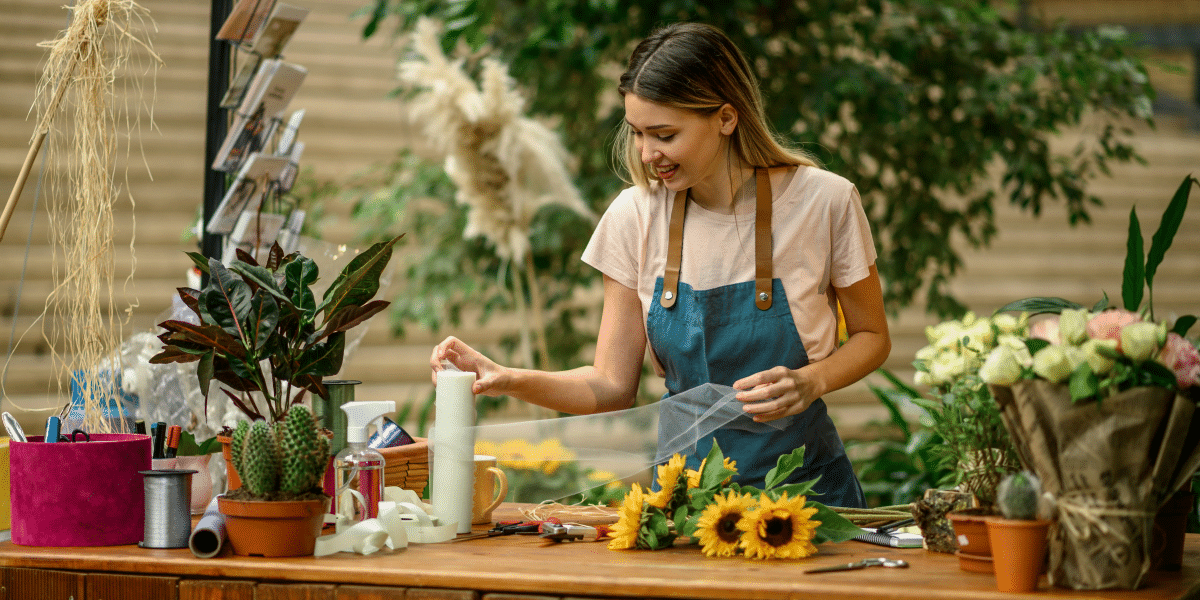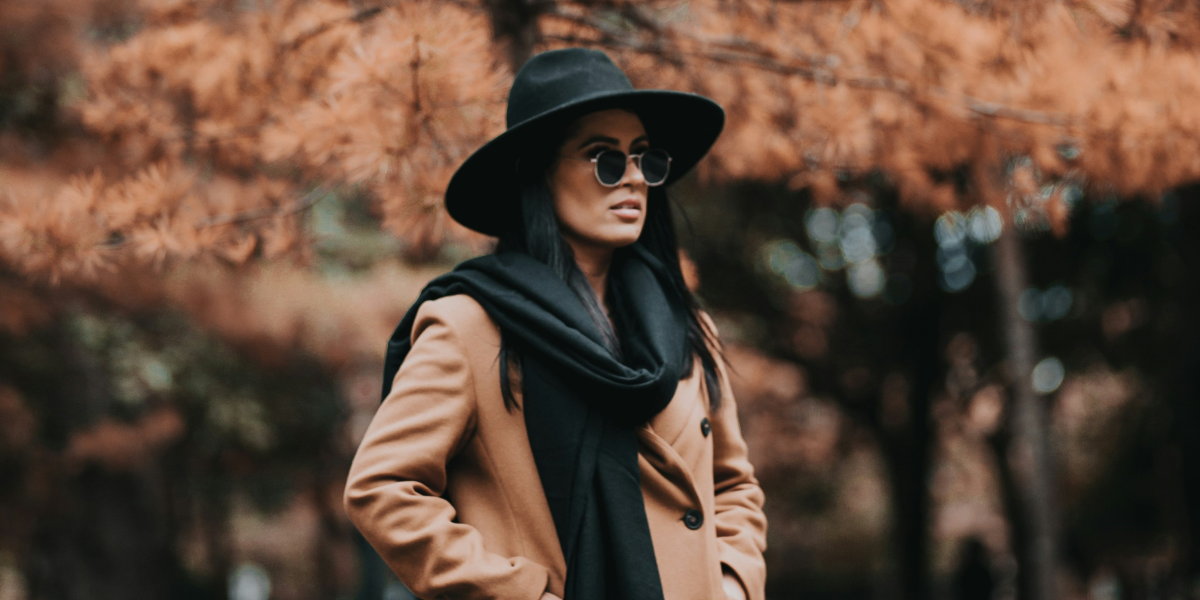What Makes a Great Actor: Revealing the Secrets of Stage and Screen
The X-Factor that Sets Actors Apart
Hey there, fellow movie buffs and theater enthusiasts! Ever find yourself captivated by the mesmerizing performances of your favorite actors? Wondering what sets them apart from the rest? Well, get ready to peel back the curtain and discover the qualities that make a great actor truly unforgettable. From raw talent and versatility to dedication and empathy, the journey to becoming a great actor is as fascinating as the characters they bring to life. So grab some popcorn and settle in as we explore the magic of the acting craft.
At the heart of every great actor lies raw talent – an innate gift for storytelling and expression that simply can’t be taught. Whether it’s an uncanny ability to inhabit a character or a magnetic presence that commands the stage or screen, raw talent is what sets actors apart from the rest. It’s the spark that ignites their performances and leaves audiences spellbound, hanging on their every word and gesture.
Versatility
But raw talent alone isn’t enough to make a great actor. Versatility is also key – the ability to inhabit a wide range of characters and genres with ease and authenticity. Whether it’s a comedy or a drama, a period piece or a sci-fi epic, great actors are able to adapt their skills to suit the demands of any role, bringing depth and nuance to each character they portray. From method actors who immerse themselves completely in their roles to character actors who disappear into the background, versatility is the mark of a true chameleon.
But becoming a great actor takes more than just talent and versatility – it also requires dedication and hard work. From hours spent rehearsing lines to intense physical training and emotional preparation, great actors are willing to go the extra mile to perfect their craft. They approach each role with a spirit of curiosity and commitment, constantly pushing themselves to new heights and striving for excellence in everything they do.
Stepping into the Shoes of Others
At the heart of great acting lies empathy – the ability to step into the shoes of another person and see the world through their eyes. Whether it’s a hero or a villain, a lover or a fighter, great actors are able to tap into the universal human experience and find common ground with characters of all backgrounds and beliefs. They bring a sense of authenticity and emotional depth to their performances, allowing audiences to connect with the characters on a deeply personal level.
But the life of an actor is far from glamorous – it’s a rollercoaster ride of highs and lows, successes and setbacks. Great actors must be adaptable, able to roll with the punches and navigate the unpredictable waters of the entertainment industry with grace and resilience. Whether it’s dealing with rejection, overcoming creative differences, or weathering the ups and downs of fame, adaptability is essential for survival in the competitive world of acting.
Working Well with Others
But perhaps most importantly, great actors understand the value of collaboration. Acting is a team sport, and success often depends on the ability to work well with directors, fellow cast members, and crew members alike. Great actors are generous collaborators, able to listen and respond to the needs of their colleagues while also bringing their own unique vision and perspective to the table. They understand that the best performances are often the result of a shared creative journey, and they approach each project with a spirit of camaraderie and mutual respect.
In conclusion, what makes a great actor is a combination of raw talent, versatility, dedication, empathy, adaptability, and collaboration. It’s a delicate balancing act that requires both skill and intuition, both craft and creativity. Whether they’re gracing the stage of a Broadway theater or lighting up the silver screen, great actors possess a rare ability to transport audiences to new worlds and touch the depths of their souls. So here’s to the magic of acting – and to the incredible artists who bring it to life.



